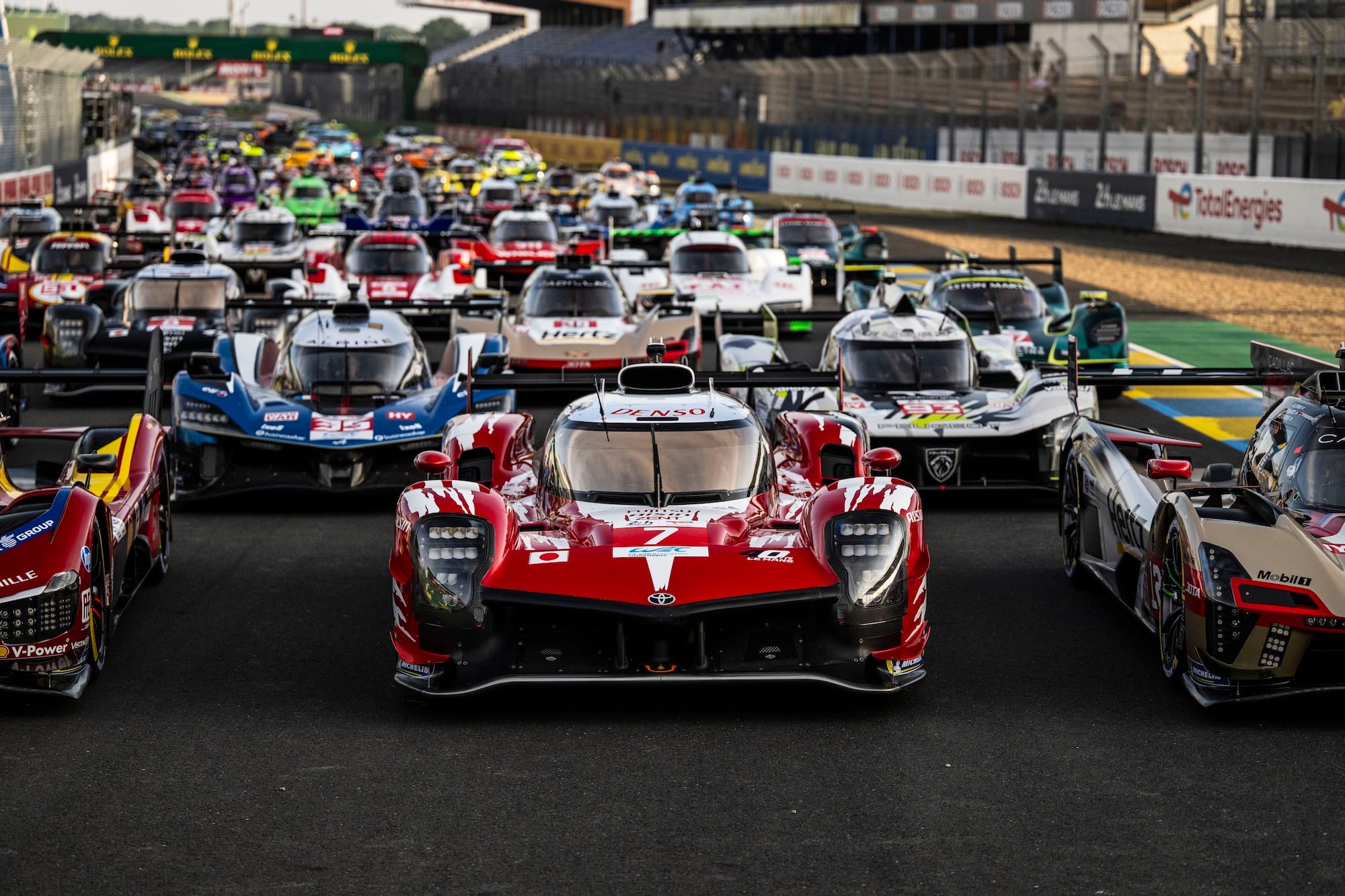Download The Racing Line on iOS today and get 70% off a year's subscription!
Drivers and team management in the FIA World Endurance Championship aren't allowed to talk about Balance of Performance (BoP), as per the regulations.
But media are. And let's face it: it's not really worked out the way we'd have liked this year. So, let's talk about it!
Ferrari have won all four races with the imperious 499P. While the 499P excellent car and deserves all four victories, the Hypercar class was designed around BoP regulations, which aren't working as intended to equalise the field.
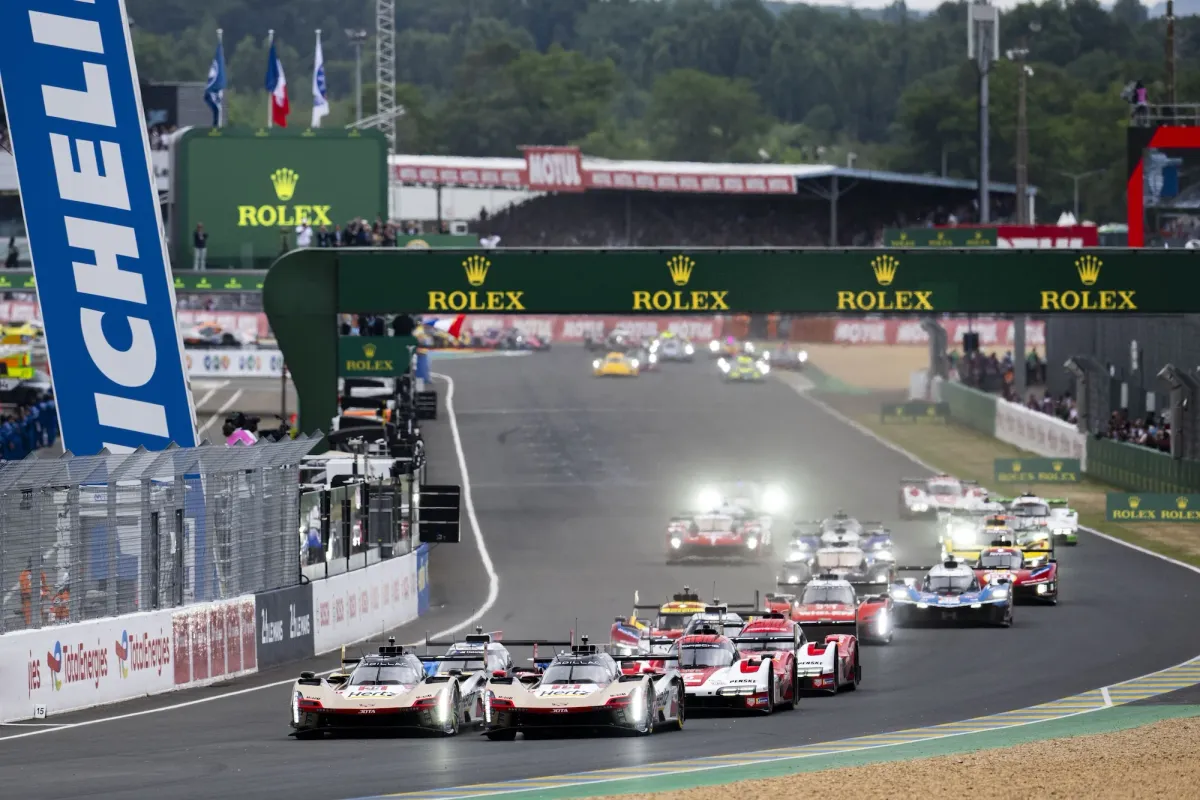
What is BoP meant to do?
A quick refresher on BoP. What is the WEC Hypercar formula and what is it meant to do?
BoP is intended to equal out a car's performance over a race. This is achieved by the series in question setting a car's weight, power and energy per stint, to equalise out performance.
The formula and methodology WEC uses changed this year. Instead of aiming to put the cars into a performance window of around 0.4%, the idea this year is to aim for 100% convergence of lap times. That means, in theory, every car should be able to set the same lap times.
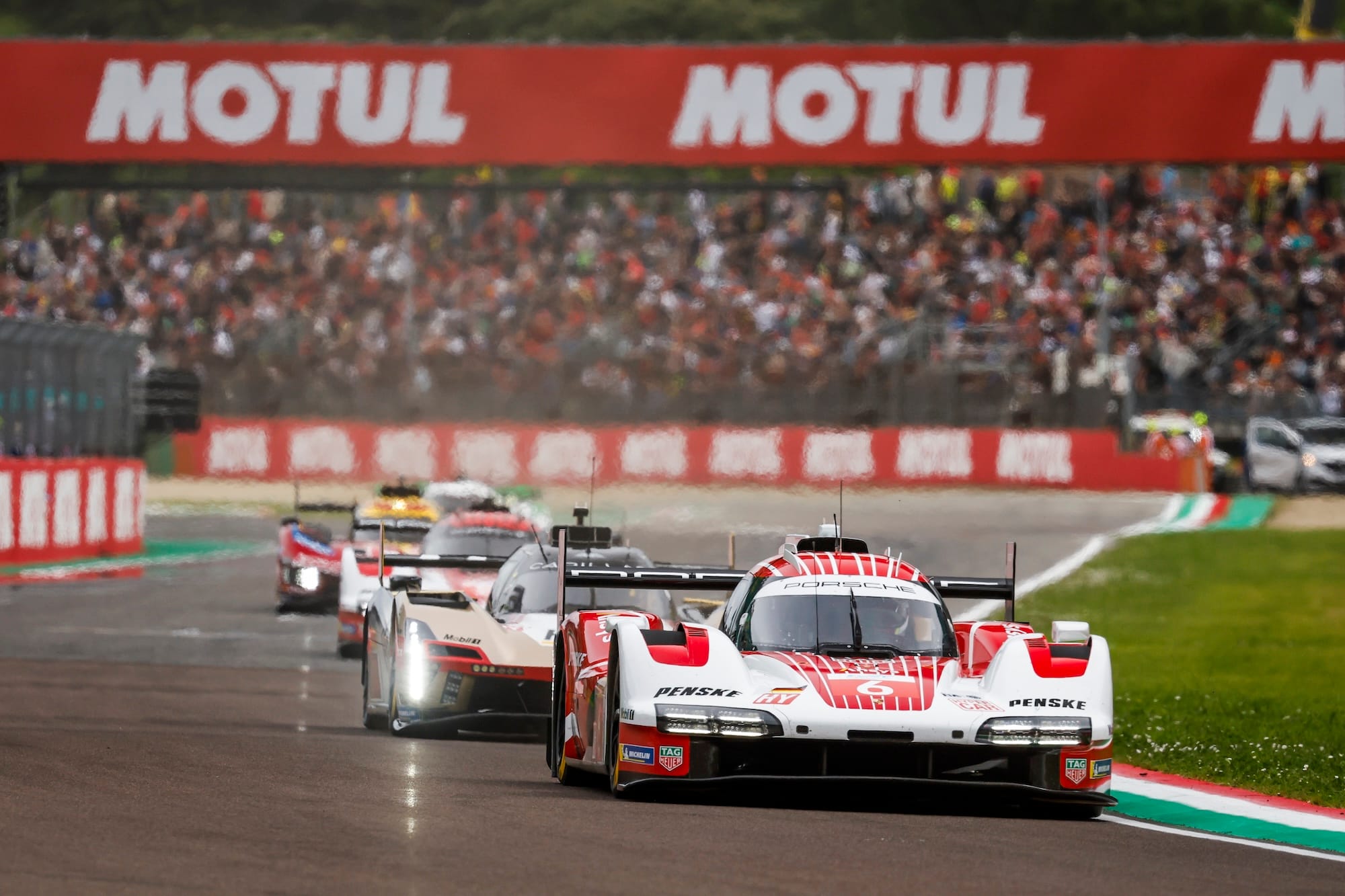
Last year, BoP was calculated using a car's 20% best lap times. However, this year, in order to remove factors like traffic or tyre degradation, the calculation uses each car's 10 absolute best lap times and top 60% of lap times, to create an average.
They take these from the previous three races (not counting Le Mans, which doesn't use this methodology or formula) and tweak the power and weight so each car, in theory, can set the same lap times.
However, that phrase, "in theory" is doing a lot of heavy lifting there.
Quick look at some data
We love diving into the data on Only Endurance, so let's have a quick look at how the BoP's been doing at the first three races of the year. This excludes Le Mans because it uses a different methodology/formula.
These graphs take the BoP methodology, calculating an average for both the best 10% of lap times, plus an average for the best 60% of lap times, and then averages those out to find a single value. We've taken each team's best average for each car. Also included is the customer AF Corse and Proton cars as separate entries.
As we can see, at all three races, Ferrari are the quickest. The AF Corse "customer" car was second quickest at Losail and Imola, but at Spa they dropped down into the midfield.
Ferrari's main opponent differs a bit amongst the three races. BMW were right behind at Losail and Imola, but dropped a bit at Spa. Alpine have jumped forwards each race, while Peugeot went forward at Spa.
Porsche, typically, were in the lower half of the field at each race. That said, they performed well at Le Mans.
Cadillac dropped to almost last at Imola, with the team saying the circuit simply doesn't play to the V-Series.R's strengths.
Aston Martin were at the back pace wise for all three, but have been learning huge amounts this year as they race in both WEC and IMSA. This culminated in scoring their first points with the Valkyrie at Le Mans.
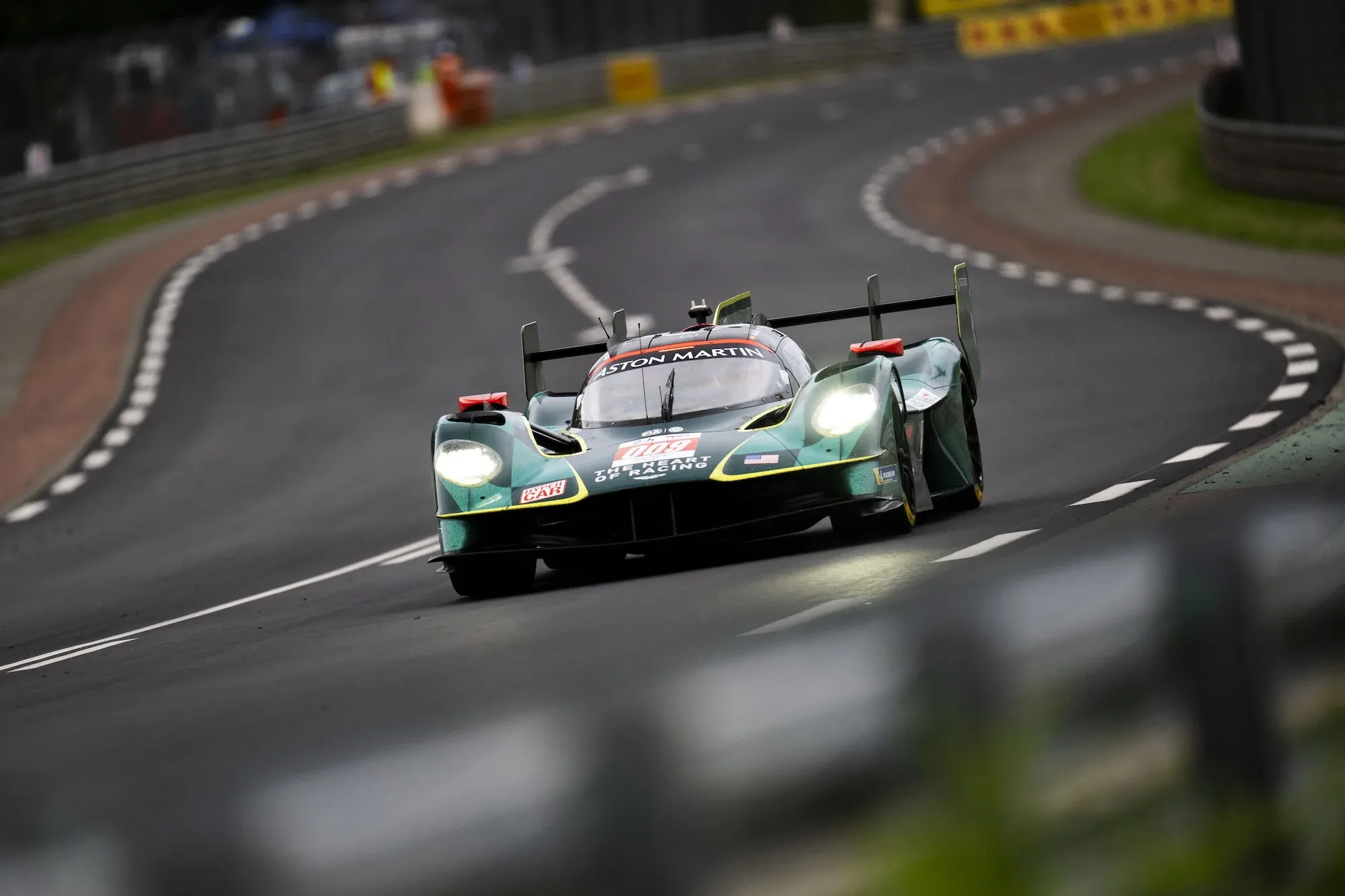
What's the problem with BoP?
Toto Wolff, the Mercedes F1 chief, was recently reported by Bloomberg as saying Mercedes wouldn't join the Hypercar class due to BoP.
'At Mercedes, we are racing people. We don’t like BoPs - we don’t like Balance of Performance. We don’t like somebody assessing your power, your energy consumption, your weight, your driver skill...
'I don’t want that. I just want to build the quickest car.'
Okay, so what would inspire Wolff and Mercedes to enter?
'Give us a cost cap. You cannot spend more than, 30-40 million. And within this 30-40 million, you can do what you want. I mean, there are still regulations.
'If that were to happen, then Le Mans would absolutely be something we would look at. But at the moment, with BoP - having some officials judge whether you’re too quick, adding 10kg to your car or taking it out of someone else’s the next day - that’s not for us at the moment.'
Support Only Endurance's independent sportscar journalism today from £1/$1/€1 a month
BoP has been used in GT3 racing, in the Blancpain Series, now called GT World Challenge Europe, to great effect for well over a decade.
The thing is, this is a customer series, or at least it's supposed to be. If a customer team is racing a manufacturer's equipment on their own backs, BoP works because its the customer team who loses. Not a manufacturer.
But in WEC, the 'teams' are manufacturers. And if a manufacturer gets power taken away, or weight added, while their competition sees the opposite, the whole thing starts to fall apart. At that point, they may be feel they're being punished for being too quick, or competitors rewarded for being too slow. (Albeit that's an oversimplification of BoP. But the viewpoint remains, rightly or wrongly.)
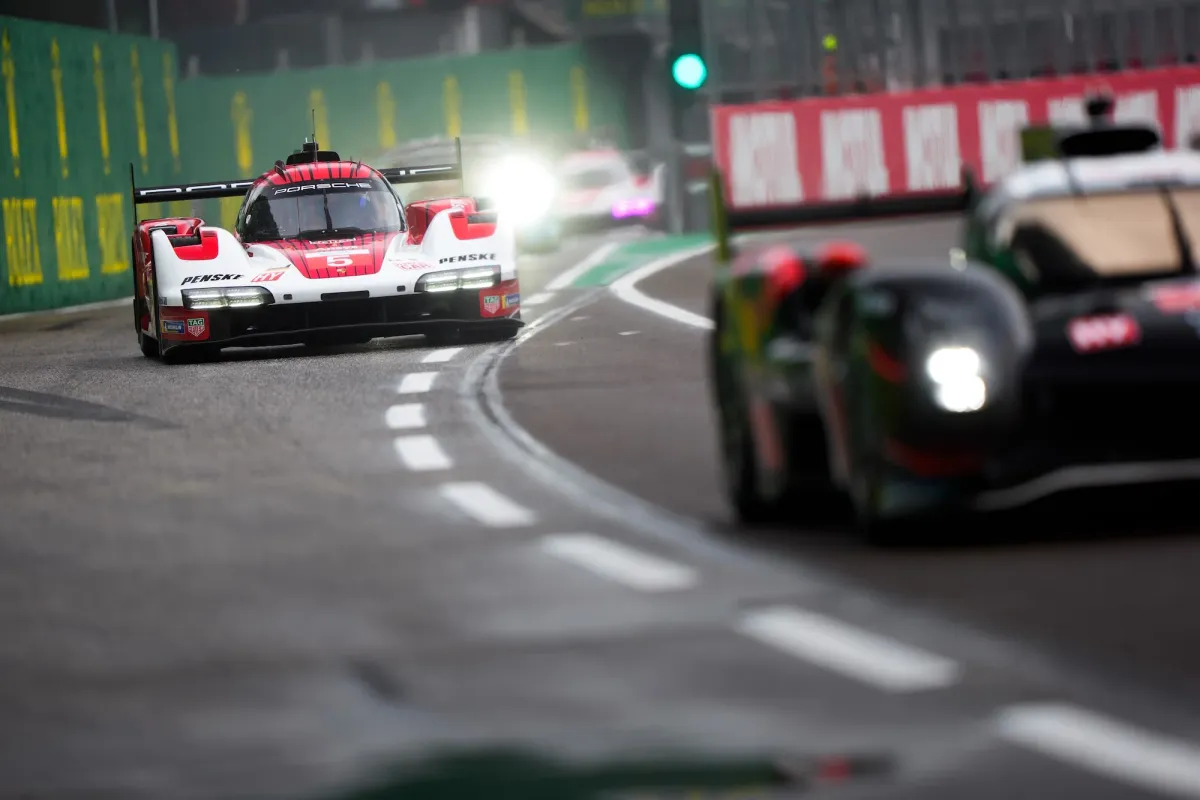
How would a cost cap work?
In theory, it'd be pretty simple.
Each manufacturer team could spend up to a certain amount each year on their car and programme. Within that, and within the framework of the regulations, you can do what you want, as Wolff said.
This would mean cars may not be homologated like they are now with BoP. Teams could develop their cars through the year, or for next season, and as long as they were within the cost cap and the technical regulations, that would be fine.
Either way, if the cars were homologated or not, you could add a sliding development scale. So if a team finished at the bottom of the manufacturers championship, they had more development resources, or alternatively more jokers, than a team who won the manufacturers championship.
The benefits of this approach are obvious. Instead of the field being artificially closed up due to parameters beyond a manufacturers' control, they can directly control their own performance.
And, the talk in the paddock or amongst fans will be les on BoP – with manufacturers' skillfully avoiding the phrase, but the insinuations are clear – and more on performance.
And, no more 'so-and-so only won because of BoP' talk.
What are the negatives?
The problem with cost caps tend to be that it can bake in a performance advantage for years at a time, because if the cap is too high, or a manufacturers' budget is cut, they may struggle to catch up.
It also means manufacturers with better resources can outdevelop those with inferior resources or setups, even when spending the same amount of money.
Why would Mercedes want a cost cap? Because they may believe they have better resources than other WEC teams. That would in theory give them more of a chance of winning, compared to a BoP class where it's 'random'.
Could the regulations change?
It's certainly possible.
At Le Mans, the ACO announced the Hypercar class will be extended until the end of 2032, with IMSA also announcing the same for their GTP class. That guarantees another six seasons of Hypercar/GTP racing after the 2026 season has finished.
But, the class likely won't be the same then. When asked what the technical regulations would look like by reporters, including Only Endurance, after the press conference, WEC CEO Frederic Lequien declined to give an answer.
'It's really too early to give you some details. We are going to work with all the OEMs to find the best way to extend the homologation. Everybody wants to do it but we need to work with them to go into the details,' said Lequien.
This indicates that the regulations extension could look different from what we currently have. But how different?
Porsche are on record saying they'd like to see the convergence between the LMDh technical ruleset, and the LMH ruleset, go further into one technical ruleset. See below for what Urs Kuratle, Porsche's director of factory LMDh racing, said in an IMSA-hosted media call that Only Endurance attended.
'In the WEC at least, the LMH and LMDh rulebook currently active – [it] would make life much easier if those two would join together to one technical ruleset.
'And that's the hope at least we from Porsche have. We have talks with the other manufacturers as well. I think everybody is in favour of having one technical rule set.'
Why would Porsche, and maybe others, want this? Because it gives them more chance to win, of course.
'It makes it so much easier for all the different governance bodies to balance the GTPs or the Hypercars,' he said.
'That's one goal we would very much in favour of if that happens. To which extent, or to which compromises, that's to discuss yet. But that's definitely something we would be in favour to push for, definitely.
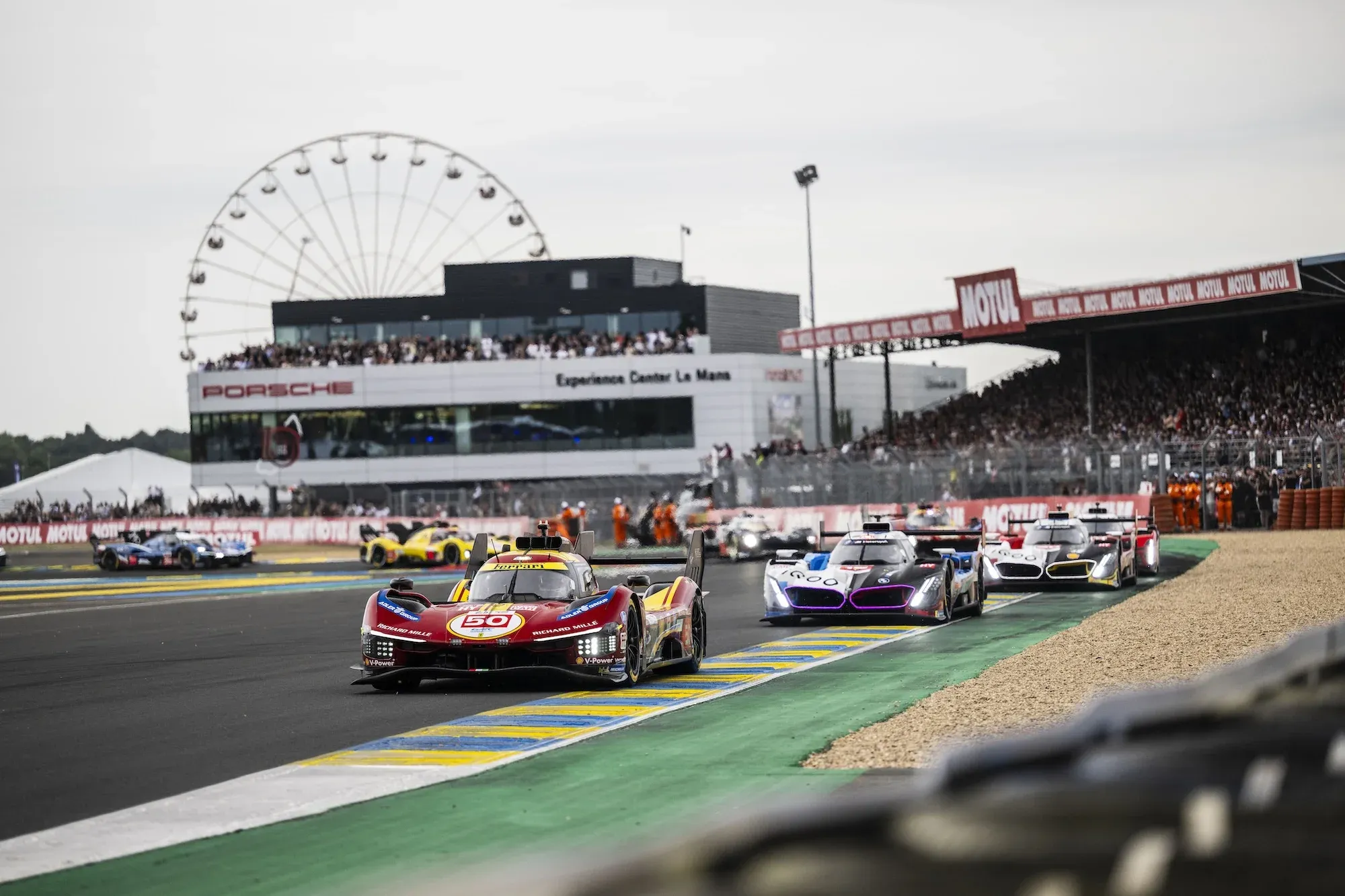
So, bearing this in mind, could we see a new regulation set within the extension, with a cost cap replacing Balance of Performance?
That's pure speculation on our side from Only Endurance, but if the future of the regulations is being discussed, the future of BoP and the competitiveness of the class will also surely be discussed.
What could the future of the class look like? Only Endurance asked Kuratle this. Naturally, Porsche would prefer it veer more towards LMDh than LMH.
'We obviously would prefer to change it towards the LMDh regulations, because that would mean that the least changes for LMDhs. But it's also a cost driven discussion. It should be cost efficient, the whole thing, less technical freedom.
'I know all the engineers will not like it, but I believe the fans in the grandstands, probably don't care too much whether a fuel pump is developed by the OEM or is a standard part, just to name one of the examples. It should be cost efficient, it should make sense, and that will probably lead into the LMDh rulebook.'
But as Kuratle also said, it's likely too early to be discussing or speculating on details like this.
Whatever happens, it's good news the Hypercar and GTP classes will continue in WEC and IMSA until the end of 2032 at least. The 'golden age' continues!
Feature image: DPPI / WEC
This post is brought to you by The Racing Line, your personalised motorsport calendar app. Get session times for over 150 series, from rally to bikes, single seaters to sportscars with customisable notifications and built-in streaming. Download on iOS today!

